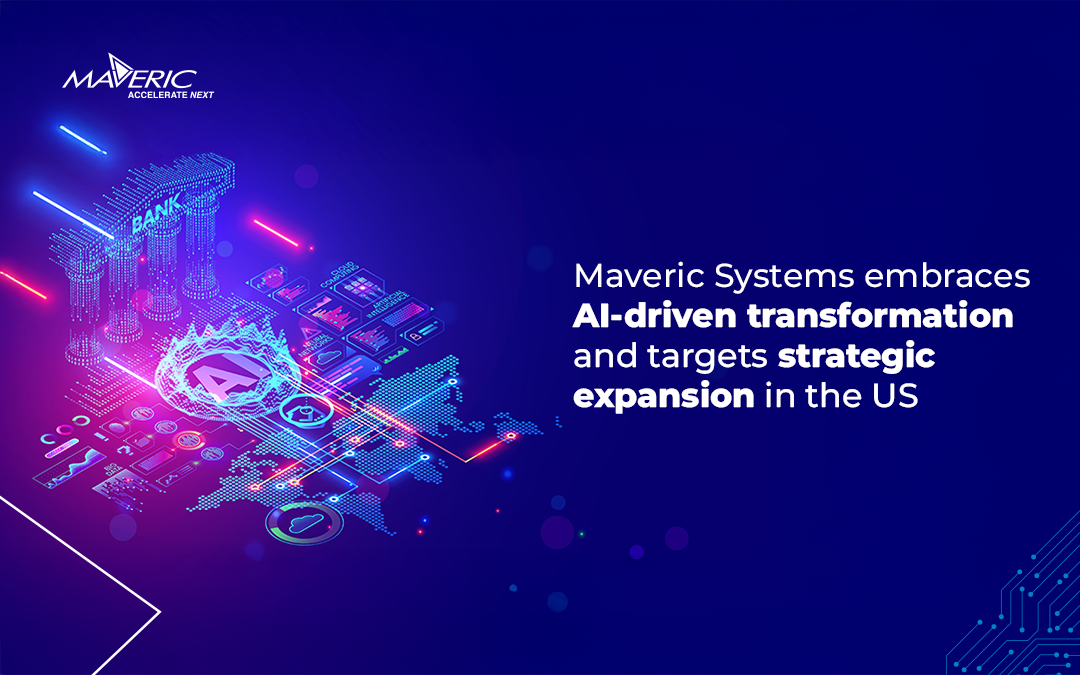Post-pandemic, many leading businesses employed DevOps and agile practices as part of their digital acceleration initiatives. Supporting geographically distributed teams on their business-critical missions meant more testing applications were needed, often faster as part of their software development lifecycle.
While AI and ML-led innovations catch attention, it is the quality assurance that becomes a key enabler. Through the appropriate tools and processes, QA facilitates quality across SDLC teams. The benefits? Productivity improvements, higher software quality, and reduced quality costs.
When it comes to Digital QE, what is the need of the hour?
While it is one thing to state that a quality culture fosters agility and adaptability, ultimately, organizations must aspire to achieve quality at speed. While there is a growing bias toward remote access and environments, the strategy to employ SaaS in the cloud receives widespread enterprise acceptance. Leveraging AI and ML tools with continuous testing and quality management tools is a powerful proposition.
Here are the digital QE trends for 2022
Before delving into individual QE trends, it is worthwhile to point out that the future will be anchored in achieving QE at scale by automating continuous testing and consistently exploiting actual test data.
Quality orchestration is more critical than ever.
Intelligent automation will intensify the focus on orchestrating QE journeys. While it will free up precious human time to pursue higher strategic goals, the role of the quality architect is poised to generate more acknowledgment.
So, on the one hand, management-level expectations will guide teams. Conversely, the top software organizations will consolidate competency as part of their centers of excellence for delivering on specialized performance, security, and usability testing.
New Normals in Agile, DevOps, and CI/CD
Gartner predicts that 3 out of every four organizations will customize Agile practices for product development by 2023. Spoken like one of the top investments in the next few years, Agile and DevOps together will lead shift left approaches and continuous automated testing.
Moreover, CI/CD today symbolizes more than developing and delivering software. These practices will add to robust development as an indispensable element for deploying cloud-native applications. Consider, for instance, the CI/CD process automation in companies like Amazon and Netflix, which deploy code thousands of times daily.
Cloud adoption’s radical impact on the QE environment.
It is common knowledge that cloud deployment boosts automation coverage, security, and scalability. So, on the one hand, the business roadmaps benefit from cloud-based testing, and on the other, there are reduced overheads vis-à-vis infrastructure costs. In the cloud-native QE climate, companies can leverage digital testing independently alongside human testers to increase testing accuracy and speed.
Innovative approaches for TDM and TEM
Test Data Management is a functional discipline that reduces time spent on identifying and creating test data. By correctly identifying and managing test data, enterprises can drastically accelerate time to market, reduce infrastructure costs, and reduce defect rates.
Effective Test environment management (TEM), on the other hand, aids organizations in forecasting and planning for diverse environmental needs. TEM can design processes that collaborate with vendors to provision requests on time.
In 2022, both TEM and TDM will emphasize the increased use of Agile practices. Every software release will require more test environments across testing types and phases (integration, UAT, and performance).
Increase in data-driven decisions
In 2022, the consideration and use of quality indicators will play a significant role, as will the continuous QA monitoring practices. Additionally, using AI in the QE space will increase the number and quality of data-driven decisions. One instance of serious AI usage can be seen in the strategic selection of critical areas (instead of try-and-miss experimental point solutions), as also the preponderance of self-adaptive test solutions and auto-generation of scripts and data.
Conclusion
In today’s unprecedented times, as companies scramble to capture the competitive edge and rush their competencies into the market, the one focal area that stays unchanged is their emphasis on quality and risk management.
Even as macro technological forces emerge (core and digital transformation, big data analytics, blockchain, 5G, AI, ML, IoT), top-notch organizations must enhance their QA outlook to shift from the ‘cost of quality to the ‘value of quality.











